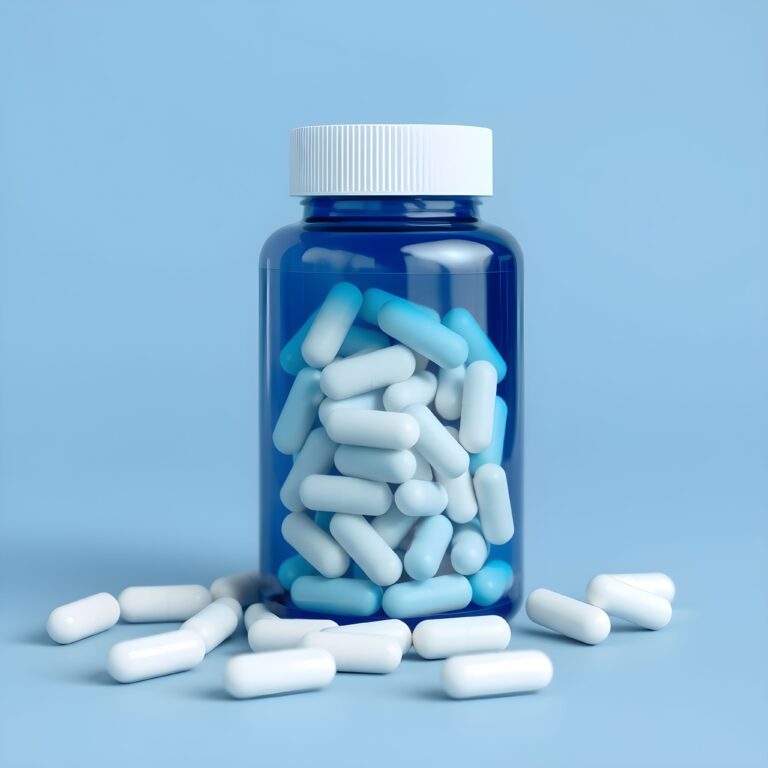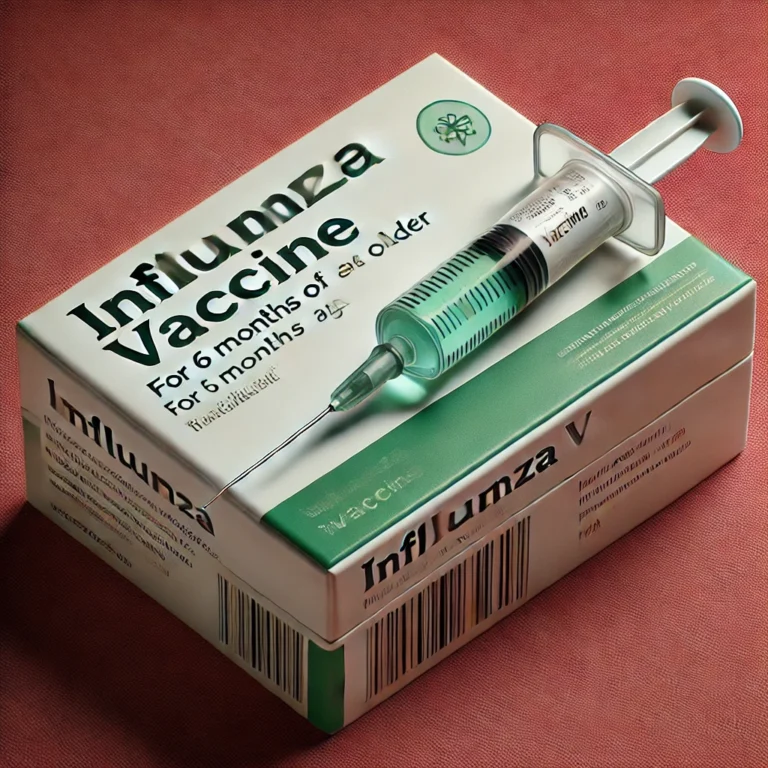The United States is currently facing an unprecedented public health crisis as drug overdose deaths continue to rise at an alarming rate. In the past year alone, the country has witnessed a heartbreaking surge, with a staggering total of 109,000 lives lost to drug overdoses. This article sheds light on the underlying causes, consequences, and potential measures to combat this deeply concerning trend.
Understanding the Crisis:
The sharp increase in drug overdose deaths in the United States demands a closer examination of the factors contributing to this epidemic. Opioids, including prescription painkillers and illicit substances like heroin and synthetic opioids such as fentanyl, remain a major driver of this crisis. In addition, the ongoing COVID-19 pandemic has exacerbated the problem, as social isolation, economic hardships, and disrupted access to healthcare and addiction treatment services have left many individuals vulnerable to substance abuse.
Consequences and Impacts:
The consequences of the escalating drug overdose epidemic are far-reaching and devastating. Families and communities across the nation are grappling with the untimely loss of loved ones. Moreover, drug overdose deaths have a significant economic impact, resulting in lost productivity, increased healthcare costs, and strained resources for law enforcement and emergency medical services.
Addressing the Crisis:
While the scale of the drug overdose crisis may seem overwhelming, there are steps that can be taken to mitigate its impact and save lives. A comprehensive approach is needed, involving policymakers, healthcare providers, law enforcement agencies, and community organizations. Here are some key strategies to consider:
- Enhanced Access to Treatment: Expanding access to evidence-based addiction treatment programs and medications, such as methadone and buprenorphine, can help individuals overcome addiction and reduce the risk of overdose.
- Harm Reduction Initiatives: Implementing harm reduction strategies, such as the distribution of naloxone (an opioid overdose reversal medication) and safe injection sites, can prevent fatal overdoses and provide opportunities for individuals to seek help.
- Education and Awareness: Raising public awareness about the dangers of substance abuse, promoting responsible prescribing practices among healthcare providers, and educating individuals on recognizing the signs of an overdose can all contribute to reducing drug-related fatalities.
- Strengthening Support Systems: Investing in social services, mental health support, and programs that address the underlying issues driving substance abuse, such as poverty and trauma, can play a vital role in preventing drug overdoses.
- Combating Illicit Drug Trade: Stricter law enforcement efforts targeting the production, trafficking, and distribution of illicit drugs can help disrupt the supply chain and reduce the availability of dangerous substances on the streets.
Conclusion:
The alarming surge of drug overdose deaths in the United States, surpassing 109,000 in the past year, demands immediate attention and action. This crisis requires a comprehensive and multi-faceted response, focusing on prevention, treatment, harm reduction, and addressing the social determinants that contribute to substance abuse. By working together and implementing evidence-based strategies, we can strive to reverse this devastating trend, save lives, and build healthier and safer communities for all.












